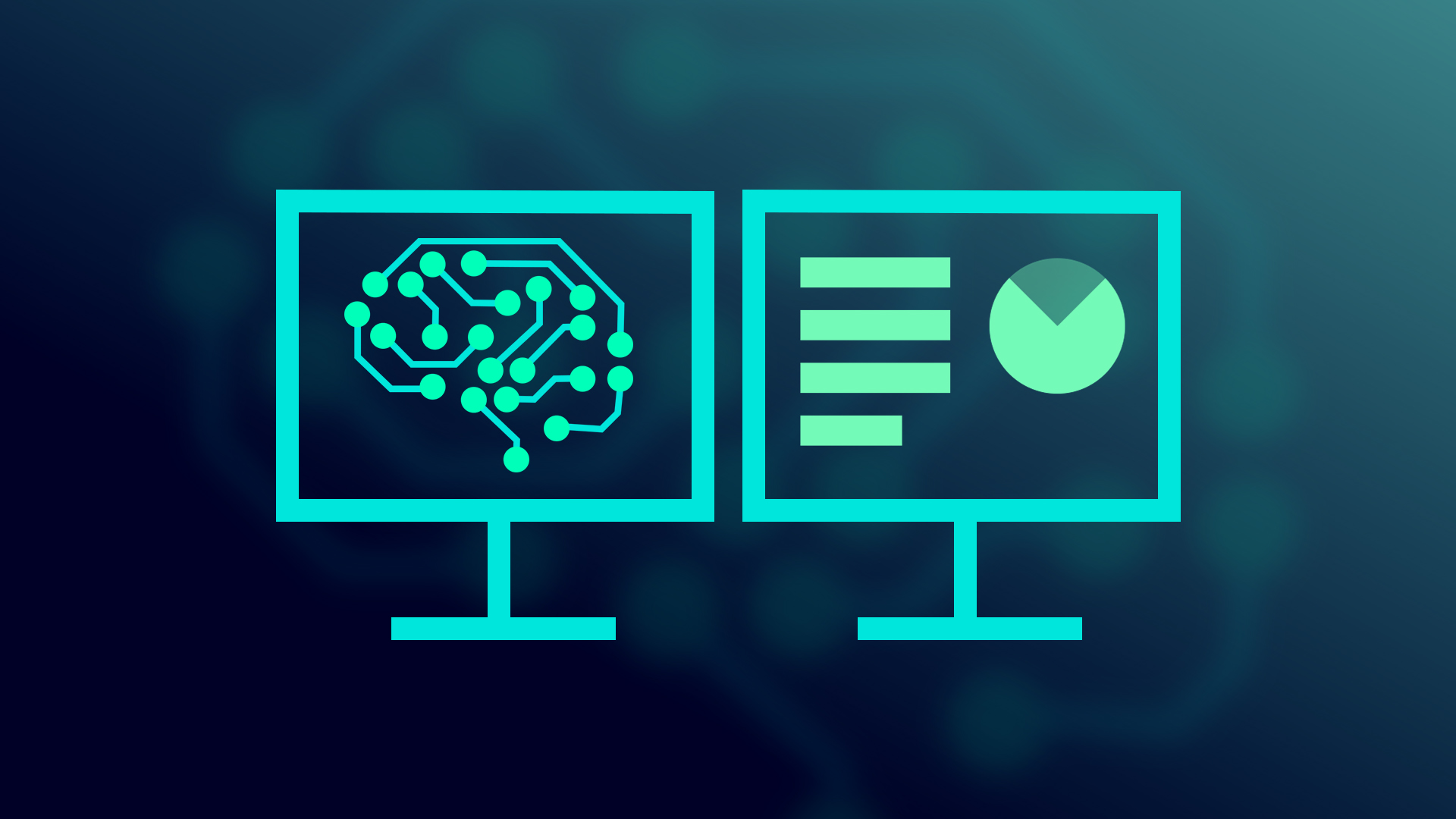The future of generative AI in design and manufacturing

Generative AI offers many exciting possibilities for immediate transformation. From, conversational chat bots to predictive assistants, there are countless small ways it can help make our daily lives easier. However, when we look towards the future, the possibilities become even more intriguing. Generative AI offers the potential to infer the results of changes to complex systems in real time, or even create complete designs from simple natural language input. In a recent podcast, I was joined by Dr. Justin Hodges to look at the impact generative AI could have in the industrial world. Additionally, we discussed what it means to trust in the abilities of such an AI system. Check out the full podcast here or keep reading for a summary of the highlights.
Although it’s currently most well-known for its ability to generate text, generative AI has the ability to generate any form of digital content. Justin highlights how this offers the potential to change the designers and users interact with systems as well. He gives the example of a technician in a factory with access to a digital twin and a generative AI model trained on it. By querying this generative AI model, it’s possible to understand the impact of a specific change on the production system nearly instantly, making it both far easier to validate potential changes and enabling a greater number of ideas to be economically tested.
As with many other types of AI systems, the core benefit of a lot of generative AI solutions is saving time. No one would make changes to a factory without first running simulations and tests to understand what impact that change would have. However, doing so is time consuming and limits the number of possibilities that can be explored. Through access to an AI model capable of quickly providing that kind of simulation data with a high degree of accuracy, anyone with an idea to improve a system could test the impact without any of the costs normally associated with it. This would allow operators, who have the deepest understanding of the day-to-day operation of a process or factory, to use their insights to help easily refine processes based on their expert knowledge.
With any application of generative AI, it’s important for the results to be reliable and trustworthy. Generative AI is susceptible to a phenomenon called hallucination where it generates nonsensical or false results. Minimizing this problem as well as implementing processes to ensure hallucinations are caught and corrected early is a key part of implementing generative AI into any industrial environment. Justin acknowledges these challenges and believes that the way to bring AI safely into critical tasks is through explainability and education.
To build trust in AI, it’s important for the people who use and rely on it to understand how it reaches a particular result. Even if not every single result will be checked manually, accountability and traceability are vital to not only building trust in a tool but also to tracing back any errors and refining the process to be more robust. Artificial intelligence is often treated as a black box, with information going in and results coming out, making it hard to integrate into critical environments, which is a key issue Justin and his team are working to address.
AI is powerful but, like any other tool, knowing how and when to use it is a crucial part of the process. Knowing how to intelligently leverage generative AI tools, as well as being able to recognize potential errors and shortcomings, is a key element in adopting AI-augmented tools across every industry. Even as the tools themselves grow smarter and easier to use, operators, or the human element, will also need to learn and adapt.
Artificial intelligence is poised to bring about a new era of technology, changing the way we work, play, and interact with the world of technology. The future of AI is exciting, but at the same time, it requires a degree of caution and forethought to ensure that AI remains a tool, rather than a crutch on which we rely upon blindly. In the coming years, AI education will be a necessary requirement to ensure the widespread success of both generative AI, and AI in general. This is why Justin encourages everyone to “get their hands dirty” and use the countless free resources available to experience first-hand what AI is and what it can do.
Siemens Digital Industries Software helps organizations of all sizes digitally transform using software, hardware and services from the Siemens Xcelerator business platform. Siemens’ software and the comprehensive digital twin enable companies to optimize their design, engineering and manufacturing processes to turn today’s ideas into the sustainable products of the future. From chips to entire systems, from product to process, across all industries. Siemens Digital Industries Software – Accelerating transformation.


